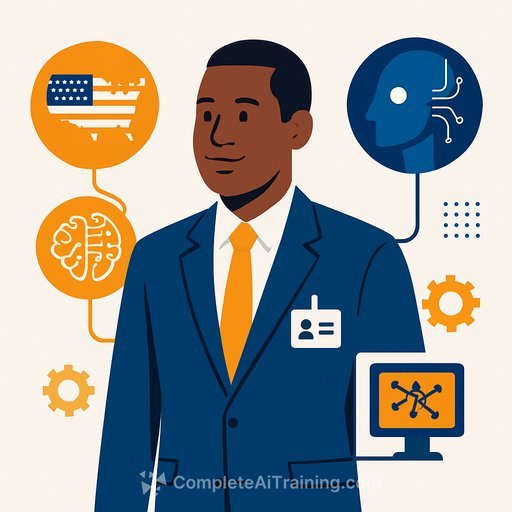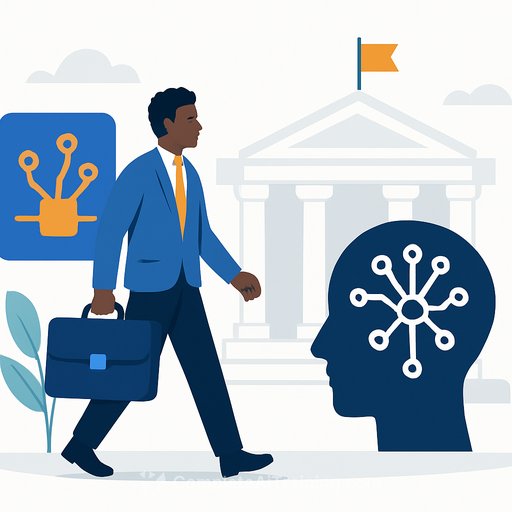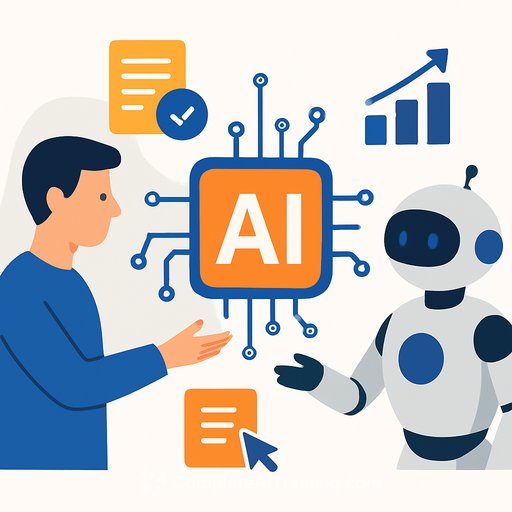2025 AI and the Australian Public Service Special Report: How to unlock AI's potential for better government services
AI can parse long documents, triage calls in an IVR, and streamline back-office workflows. For service delivery, that is low-hanging fruit. But high-risk decisions - benefits eligibility, tax assessments - are a different category. The stakes are high, and design and human accountability matter more than speed.
Use AI to drive better policy decisions
"For government, a dollar is hard to come by," says Joana Valente, lead partner for technology and transformation, federal government, at Deloitte. "Where does the government place that dollar? Does it place it in early education, acute care, housing or elsewhere?"
AI helps by connecting data across domains so actuaries, economists and policy teams can test scenarios, spot pressure points and visualise trade-offs. The UK's NHS built a digital twin of its health ecosystem to see where money flows and whether it delivers public value. That kind of system-level view helps direct scarce funds to the highest return areas.
What's already working in Australia
"Artificial intelligence is increasingly shaping the way government delivers services to the Australian community," says Elizabeth Carroll, a partner with expertise in AI and policy at Holding Redlich. Agencies are using AI for both customer-facing tools and internal efficiency.
- IP Australia: TM Checker gives SMEs general observations on trademark eligibility and flags potential issues. Internally, Patent Auto Classification (PAC) routes specifications to the right technology group, replacing a manual handoff.
- Services Australia: OCR digitises written forms to cut manual entry, while IVRs direct callers to the right pathway for faster responses.
- Multiple agencies: Whole-of-government trials of Microsoft 365 Copilot explored productivity gains in everyday work.
Transparency and guardrails build trust
Carroll stresses the need for full transparency, expert advice and adherence to clear standards. Australia has published guidance to support safe, secure and ethical deployment, including Australia's AI Ethics Principles and policies for responsible AI in government. Following these frameworks, and learning from local and overseas practice, supports public confidence and consistent outcomes.
Where automation fits - and where it does not
Valente's rule of thumb: automate low-risk decisions; keep humans in charge of high-risk ones. Approving annual leave or routing a tax question via chatbot can be fully automated. Deciding benefit eligibility or tax obligations should not be.
Others are more cautious. Dr Christopher Rudge from the University of Sydney's School of Law says "AI is very prone to error" and that we lack mature tools to classify models and uses. The failures of robodebt - which did not use AI - show what happens when design is flawed and oversight is weak.
Practical checklist for agency leaders
- Define the decision: what is the outcome, who is accountable and what is the risk level?
- Classify risk: low, medium, high - and match automation to risk (low = automate, high = assist only).
- Keep a human responsible: require human sign-off on high-impact decisions.
- Clean the data: document sources, quality, lineage and consent; remove bias where feasible.
- Choose the simplest tool that works: rules, analytics, or ML - don't default to a large model.
- Test before rollout: red-team, pilot with real cases, compare outcomes to human benchmarks.
- Explain decisions: provide clear reasons, evidence, and avenues for review or appeal.
- Log everything: inputs, model versions, prompts, outputs, overrides and decisions for audit.
- Monitor continuously: accuracy, timeliness, cost, error rates and equity across cohorts.
- Secure by default: protect personal data, apply least privilege, and track third-party access.
- Procure with safeguards: mandate transparency, evaluation rights, and exit options in contracts.
- Train your workforce: ethics, prompt quality, oversight skills and incident response.
- Engage the public: be open about where AI is used and how to seek help or challenge outcomes.
A smart path to capability
Government teams need practical skills - not hype. Focus training on problem framing, data quality, model evaluation, and human-in-the-loop operations. For structured upskilling by job role, see Complete AI Training: Courses by Job.
The bottom line
AI can speed low-risk tasks and give policymakers a clearer view across systems. Complex, high-stakes decisions demand careful design, clean data and human accountability. As the old line goes, a computer can't be held responsible - so a computer should never make the decision.
Your membership also unlocks:






